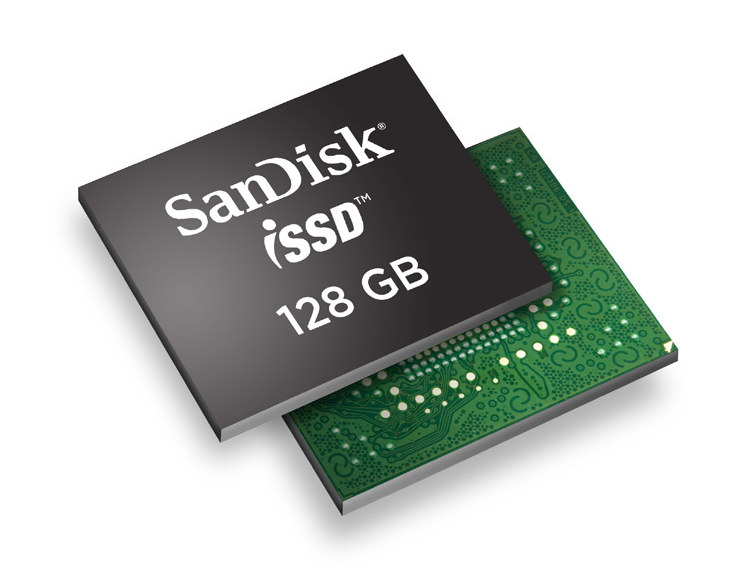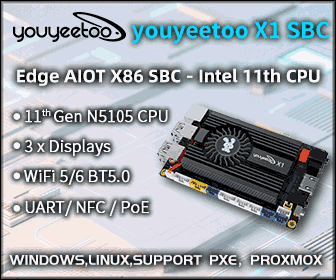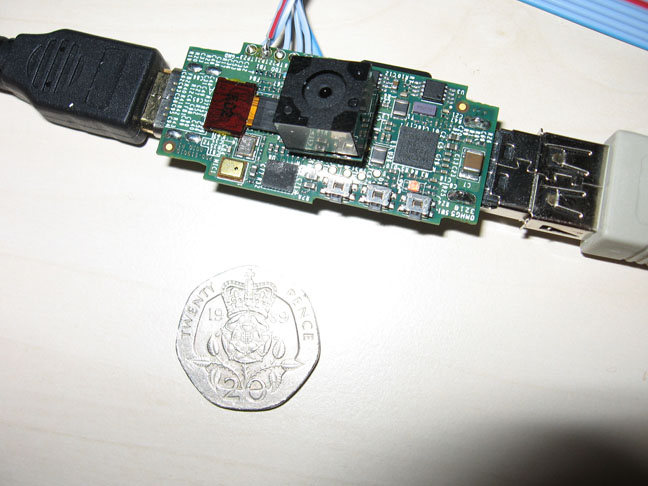Embedded Linux QA with Wind River Test Management 4.0
Wind River has just announced the release of Winder River Test Management 4.0, a test suite specialized in testing embedded devices and allowing the test teams to optimize the testing effort by focusing resources on high-risk areas and deliver a high-quality embedded software solution on time. New Features and Enhancements New preconfigured test suite generators: The following new test suite generation methods are available: Create a test suite based on coverage and execution time: Selects test case instances that will generate the maximum coverage given a fixed time constraint . Create a test suite based on execution results: Selects test case instances that have run with specific final status values. Create a test suite based on requirements: Selects test case instances that are associated with specific requirement records to ensure that all requirements have a test associated with them and are thoroughly tested. Create a test suite based on defect […]







